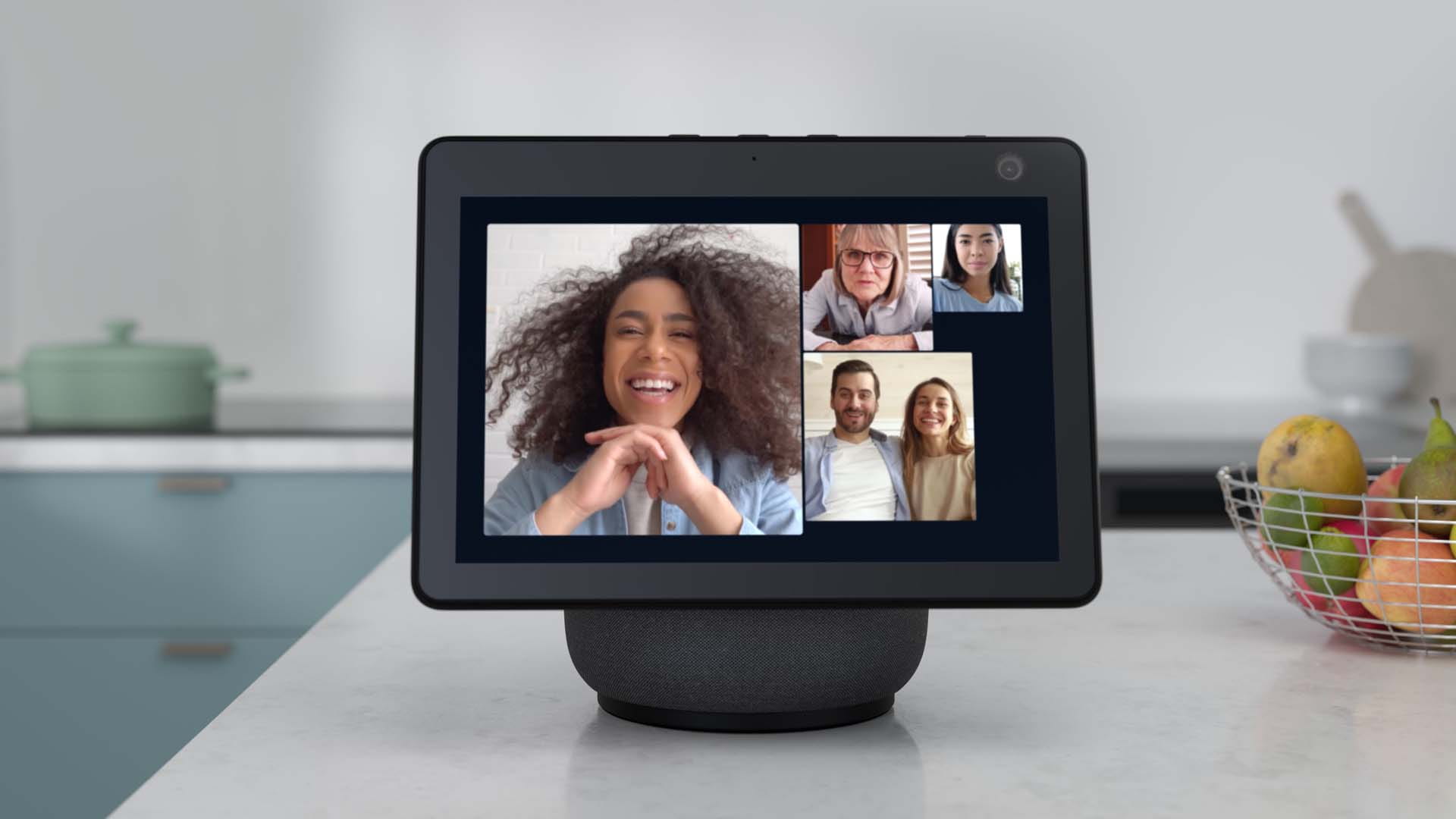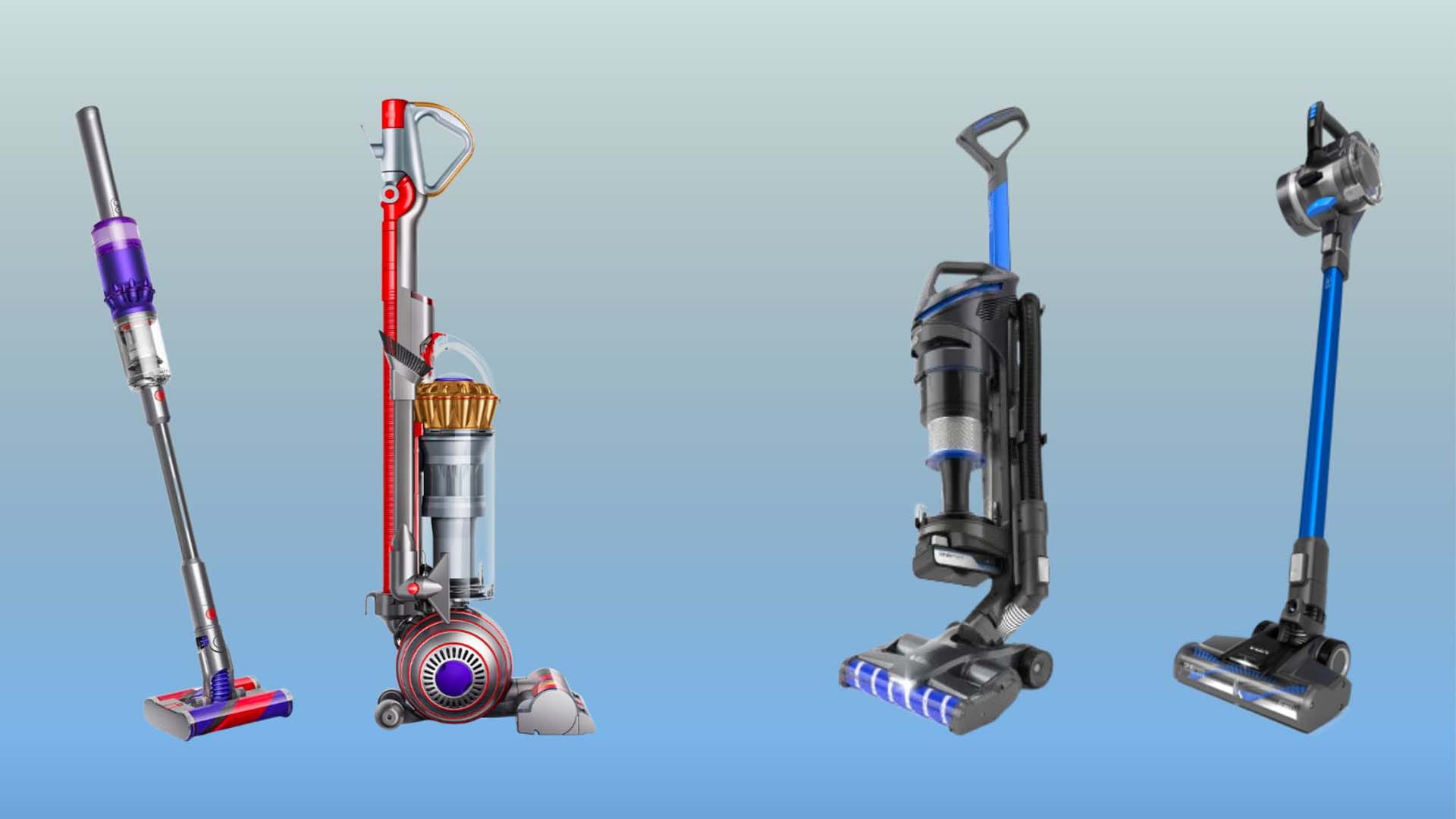
Pick the right vacuum cleaner and it can make your home, and your life that much better through easy and effective cleaning. But given the different types of vacuum cleaners available, picking the right one can be a job in itself.
Dyson vs Vax vacuums may be where you’ve landed, but which is best? Fortunately, we’ve done the work so you don't have to.
We examined the best and worst aspects of each brand and summarised our findings into nine sections, each with a clear winner, so you can find the perfect match for your personal home cleaning needs.
Dyson is known for higher prices, but that could mean better performance. Then again, does Vax undercut on cost while still delivering on all the key features?
This is a premium brand, which is clear not just from Dyson’s pricing but from its engineering quality. Everything is made to exacting standards, is built to last and works efficiently.
You also get an impressive five-year warranty on some vacuums.
So while upfront costs may be higher, if your outlay is spread over years, and taking into account that you don’t need to buy bags, you may find a Dyson vacuum is actually rather reasonably priced.
Dyson Ball Animal, RRP £279.99
Vax is a direct competitor to Dyson in that it offers a decent range of vacuums which work cordlessly and are designed to offer useful features.
The prices aren't as steep and could represent a saving up front when buying your next dust-defeating partner. And despite the lower price, Vax has some impressive accolades, including offering some of the best suction performance and overall battery run times.
Vax ONEPWR Blade 4 Cordless Vacuum Cleaner, RRP £159.99
WINNER: When it comes to low prices while still offering impressive features, the Vax wins this round.
But Dyson deserves an honourable mention as its higher price is justified by build quality, performance and that long warranty.
You may only need a single vacuum cleaner, but having a wide range to choose from means you can probably get the features you require.
Dyson offers a good selection of vacuums including heavy corded power vacuums, lighter cordless models or feature-rich cordless models.
As well as its exhaustive current range, a wide selection of older models are available from third parties, and they beat most of the competition on features. With nine cordless models (plus a dedicated hard wood floor model) and four upright corded vacuums, plus those older models, the range is up in the twenties.
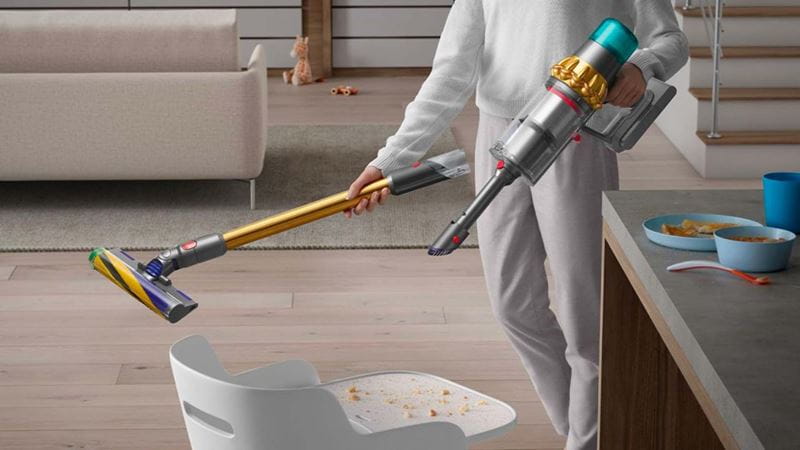
Vax is certainly more concise with its offer but it still has several options. The stick-style Blade range includes four different models, and then there’s the more traditionally shaped upright Vax Edge Dual Pet & Car, which is also wireless.
WINNER: Thanks to its wide range of vacuum types and subcategories, this round goes to Dyson.
Suction power can be one of the more important features in your vacuum cleaner, especially if you have a lot of rugs or carpets in your property.
For pure suction power the Dyson range has superb capabilities (coming out top in all our lab tests) especially when you consider these are battery-powered handhelds. In fact, Dyson now sells the battery vacuums as its core range with the corded siblings taking a backseat.
Dyson calls its V15 Detect “the most powerful, intelligent cordless vacuum”. This usefully, or distractingly, counts and measures the dust particles while showing you the numbers onscreen. It also has auto-adapting suction to get up the most dust and dirt.
Usefully, Vax incorporates a technology it calls VersaClean to make sure it can suck up the maximum amount of mess. The reality is that the Vax models with this tech have got two brush bars, which make short work of debris both on carpets and rugs, as well as hard floors.
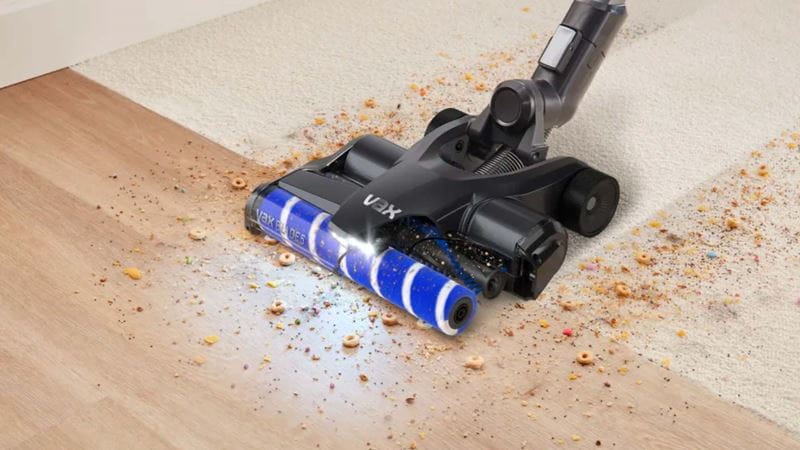
That should mean maximum suction even when moving between surfaces. It also lets you control modes using the digital display and buttons to increase suction power for tough spots or lower power elsewhere to extend battery life.
WINNER: Dyson wins this round for pure power. When you take into account that there is also a 'Max' mode for even more suction power if needed, that's another point to Dyson.
Battery-powered longevity can be the difference between having to stop and recharge, versus doing all your vacuuming in one go. Or, in some cases, investing in a second battery so you have longer range.
Dyson is now so efficient its battery-powered vacuums are the core range and can manage a good hour on a single charge. That’s enough power for most people to clean an entire floor, or indeed an entire property.
In the case of larger spaces there are some models that allow you to swap out batteries so there is no wait to recharge – a process that takes about three hours to full power.
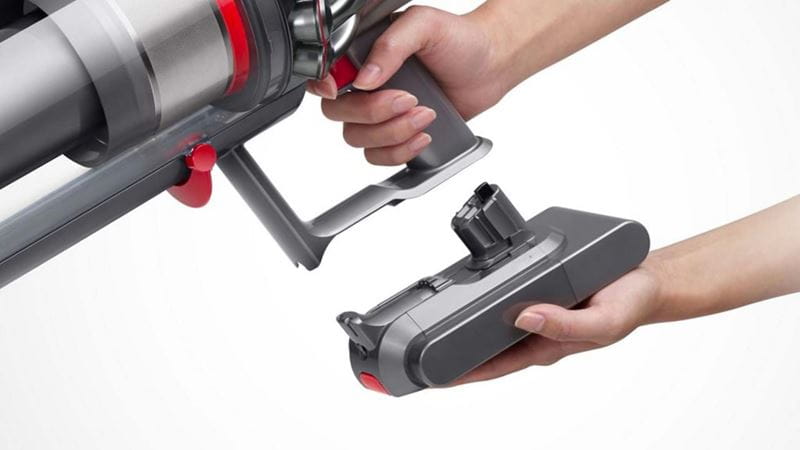
The V15 Detect Absolute lets you swap out spare batteries, while the Gen5detect premium model has a range of 70 minutes on a single battery charge.
Vax models generally top out at about the 45-minute mark on a single charge. However, it does also sell packages that come with dual batteries as part of the deal, which pushes the total runtime to a massive 90 minutes.
It’s worth noting that these work out as more affordable than a Dyson with a single battery. The upright models can offer even more, with an impressive 100-minute runtime using two batteries.
WINNER: Vax wins on pure range if you consider the dual battery setup at a lower price than Dyson.
But if price isn’t a factor then Dyson offers better range on a single battery, with options to extend that on some models.
A large dust-capture capacity will allow you to vacuum for longer before stopping to empty the chamber. Since these are both bagless, fewer stops are preferable as it’s the emptying process that releases dust particles and allergens back into the air.
The Dyson Ball upright is mains-powered and heavy but offers the largest capture capacity with a massive 1.8 litres (3 pints) of storage.
Alternatively, if you go lighter and cordless then the V15 offers a respectable 0.77 litres (1.4 pints). What that translates to is that an entire floor of a property, or even two in some cases, should be possible with the cordless model before you need to empty it.
The Vax cordless top end model, the Blade 5, has a storage capacity of 0.7 litres (1.2 pints), putting it marginally shy of the Dyson equivalent.
Vax also offers more traditional upright vacuum cleaners which are also battery-powered and cordless, but with more storage space. The ONEPWR Edge, for example, has a massive 1.5 litre (2.6 pint) capacity, meaning you won’t even need to empty after each clean.
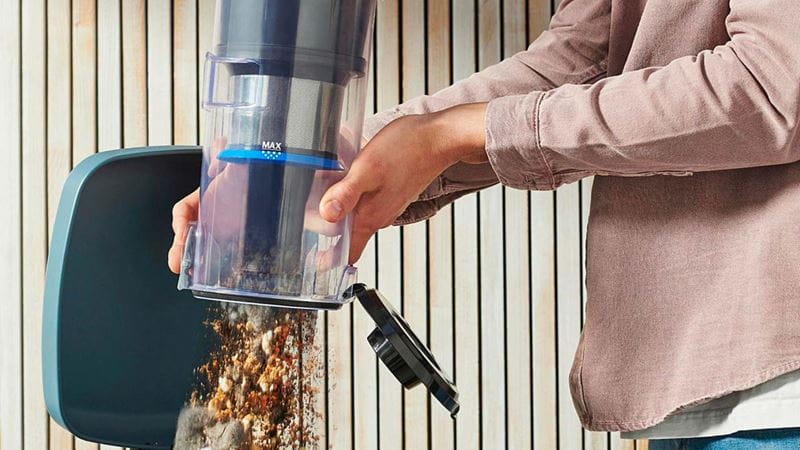
WINNER: Both the Dyson and Vax offer similar cordless stick vacuum capacities. Dyson’s Ball Upright offers a little more capacity than the equivalent Vax Edge, but the Edge is wireless. It’s a tight round, but Dyson clinches it.
Allergen capture is an important feature for those affected by allergies. Both models here offer advanced capture features.
Dyson is very vocal about how well its range can capture allergens, with some models even able to measure the dust particles captured and show the information onscreen.

The HEPA filtration system, which captures particles as small as 0.1 microns, automatically increases suction power to get the most from the vacuum.
In fact, 99.97% of microscopic particles can be caught and Dyson points out it does this while expelling cleaner air.
Vax also offers an advanced filter and is able to capture up to 99.99% of fine dust and pet dander. There is also antimicrobial protection onboard for the cleanest end result.
WINNER: Dyson wins this round on its ability to capture a wide range of allergens and microbes while also - in some models - showing you onscreen just how well it is working.
Both Dyson and Vax offer pet-specific models that aim to capture both hair and allergens from pets in the home.
Dyson’s Animal models have a lot of technology now also found across other versions of its vacuum cleaners. That includes a specific head for pet hair that has brushes to pull hair up and allow it to move freely through the vacuum without clogging.
Meanwhile that HEPA filter captures and keeps both dead skin cells and pollen from the hair too.
Many of the Vax models come with a mini motorised pet tool. This offers a moving brush head which actively dislodges pet hair and stubborn dirt from cars, pet beds, sofas and more.
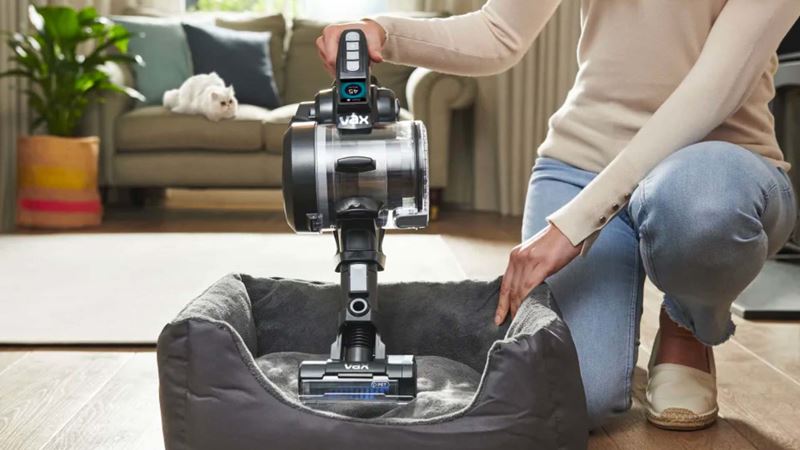
In the case of the Blade 5 Pet, there is also an anti-odour filter and antimicrobial protection for the best clean possible while also keeping the vacuum smelling fresh.
WINNER: Dyson wins this round: it offers slightly better filtration as well as a good track record for pet hair being sucked right through to the waste collection part of the unit without blockage.
Both Dyson and Vax make easy-to-use vacuum cleaners, but there are subtle differences.
The Dyson models are all easy to use thanks to the company’s minimalist design ethos. As a result, the cordless range are relatively lightweight, with the Omni-Glide as little as 1.9kg (4lbs 2oz). While there are lots of attachments for various jobs, they’re all super simple to change and come with helpful storage solutions.
When it comes to trigger control, most Dyson vacuums have a trigger that needs to be held down.
While these are light, for those that may struggle there is the Omni-Glide option and the latest Gen 5 Detect as well as upright models, all of which are trigger-free. The simple mechanism for emptying waste is a big appeal here.
Dyson Omni-Glide, RRP £295.95
Vax keeps things simple while still offering a rich range of heads and modes to get the most out of your vacuum cleaner.
Battery performance isn’t as good, but as mentioned, you can have dual batteries; you just have to factor in the charging of both and changing over as a little more effort. Also, the Vax models don’t require a trigger for use, making them suitable for most people.
WINNER: For the lack of trigger and simplicity of controls, plus very little need to change heads, it’s the Vax that takes this round.
Which brand has the best warranty to give you peace of mind over the years?
Dyson offers a superb warranty but Vax also offers coverage for your vacuum cleaner.
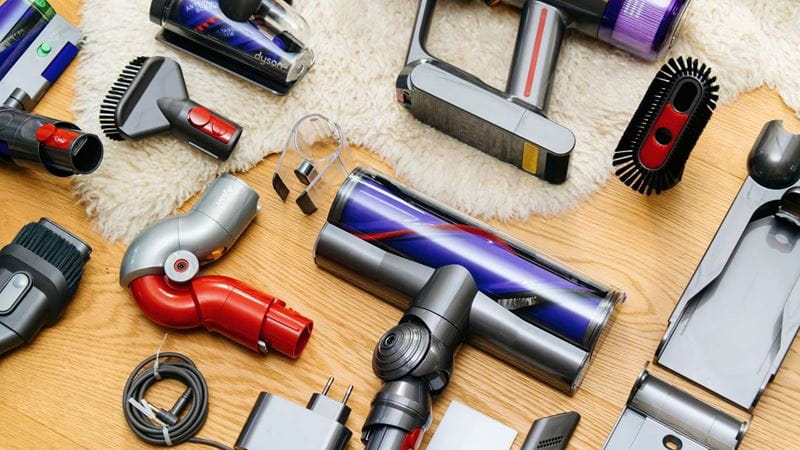
With top customer service, getting help should be a painless process – but with everything built to last, you may not even need it.
Vax offers a more standard warranty with coverage for 12 months only -although this does work as a guarantee if the vacuum is found to be faulty due to manufacturer error.
WINNER: Dyson wins this round not only due to the longer warranty period but also for its great customer service and the guarantee support.
The Dyson vacuum range is more expensive, but if you can afford it then you can expect superior suction, allergen capture, battery life and warranty cover. Dyson do also make some of the best cordless vacuums out there, but all this technology does come with a price.
However, if you want a trigger-free and simple-to-use experience, with a single do-it-all vacuum head plus the option to swap out multiple batteries all while keeping costs down, then Vax is a compelling option.
Writer, broadcaster and musician Carrie Marshall has been a technology journalist for 24 years. Her CV is a who’s-who of magazines, websites and newspapers ranging from T3, Techradar and Woman & Home to the Sunday Post and People’s Friend, and she has been providing no-nonsense technology help and buying advice to BBC Radio Scotland listeners since the early 2000s.
View author page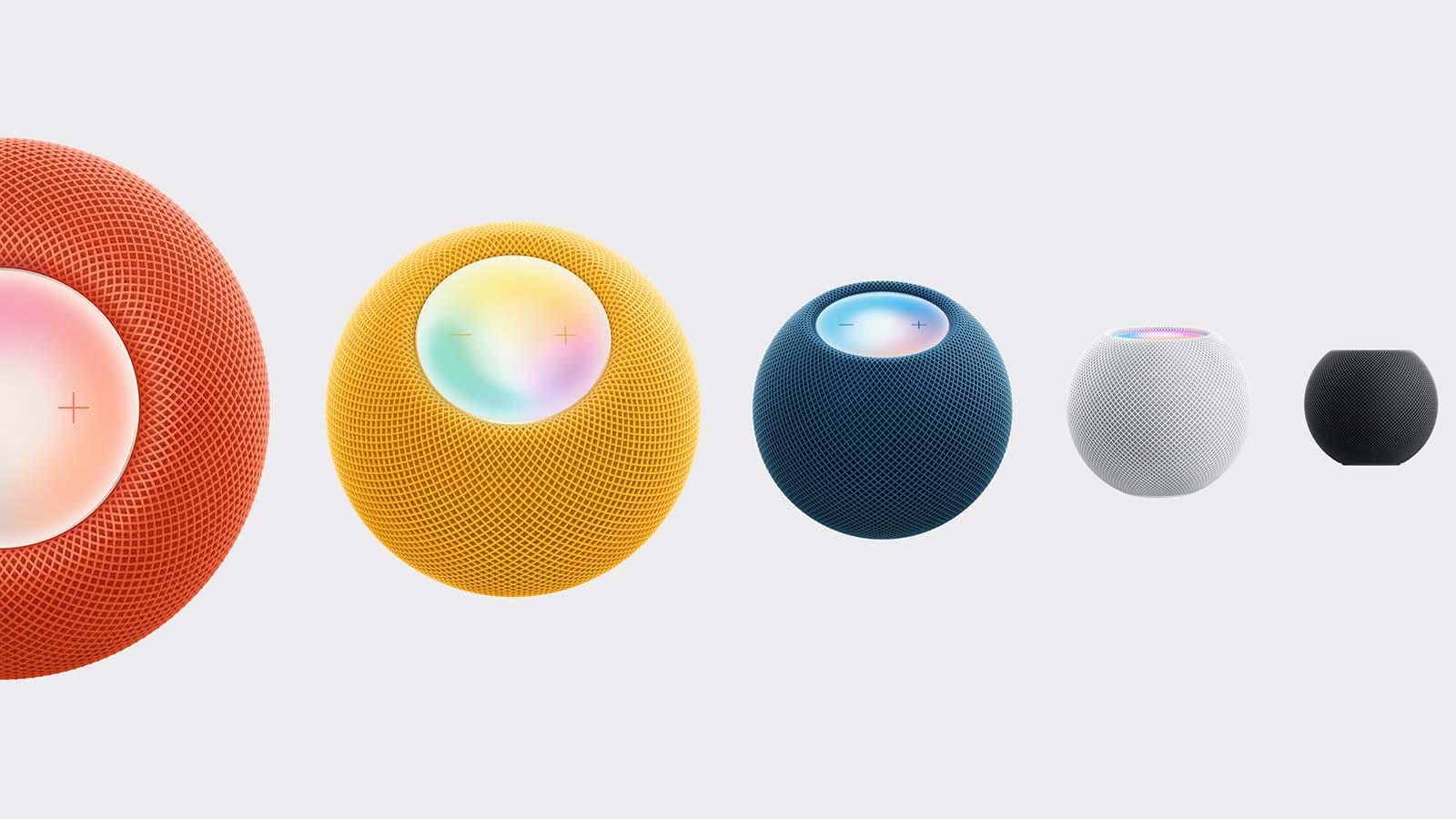
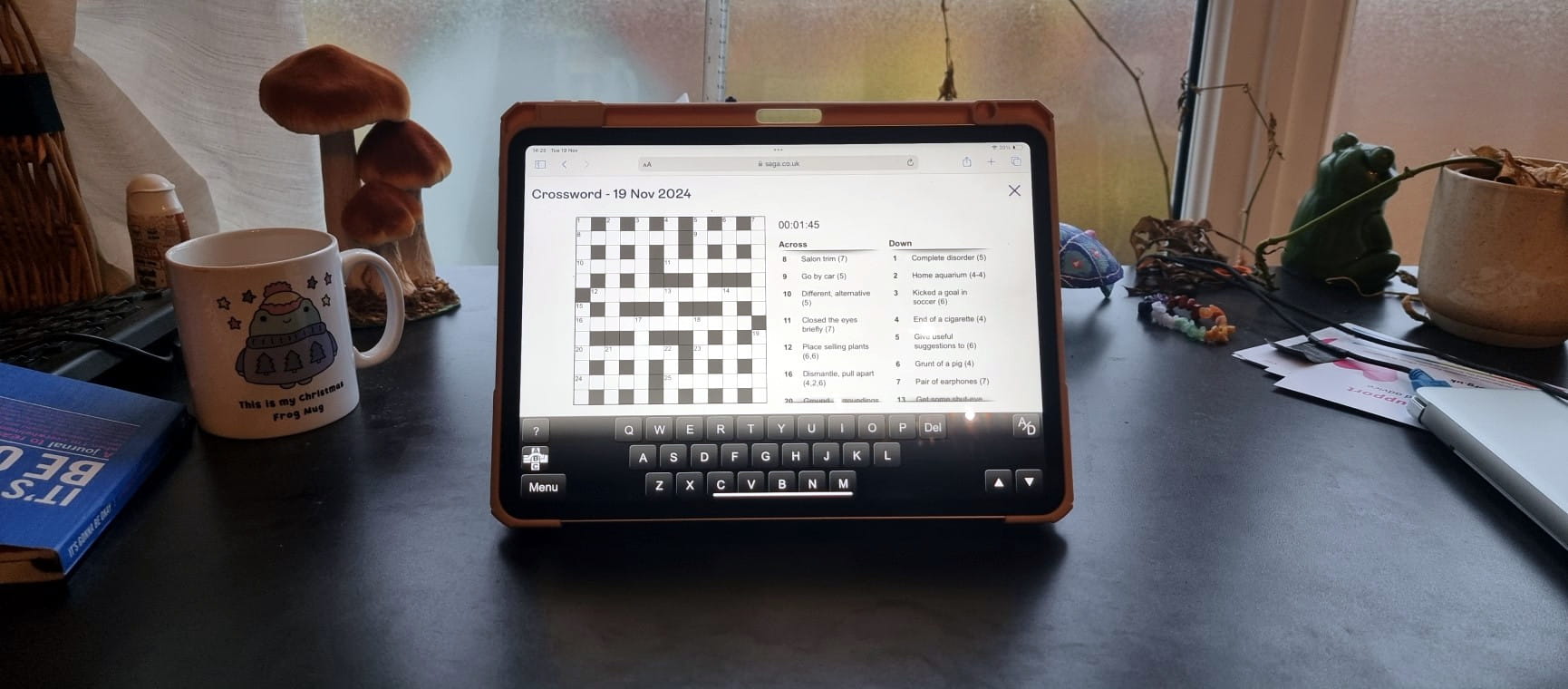
The ultimate guide to Saga Puzzles, full of technical tips, tricks and hints.
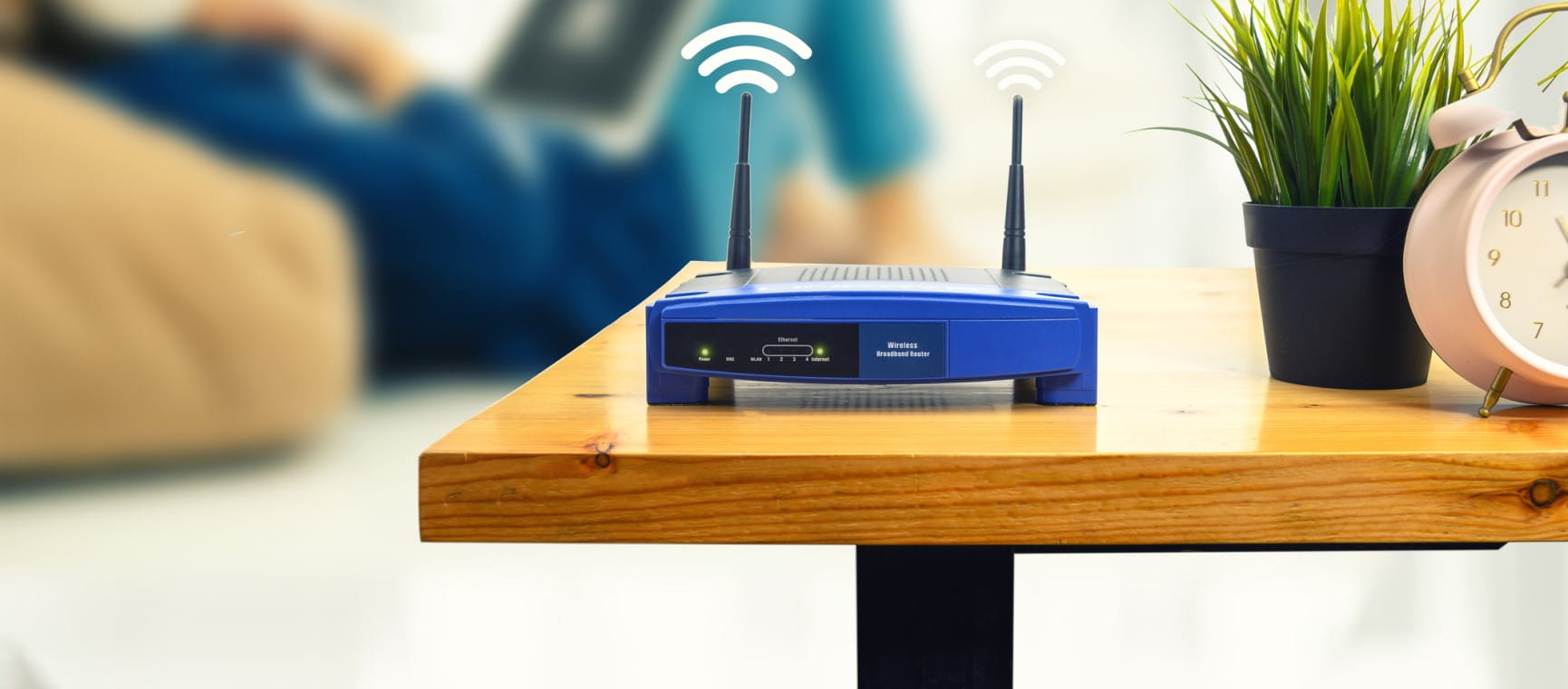
Follow our step-by-step guide to find out your internet speed - and whether it’s your device or broadband that’s slowing you down.

These video doorbells show you who's at your door, even when you aren't home.
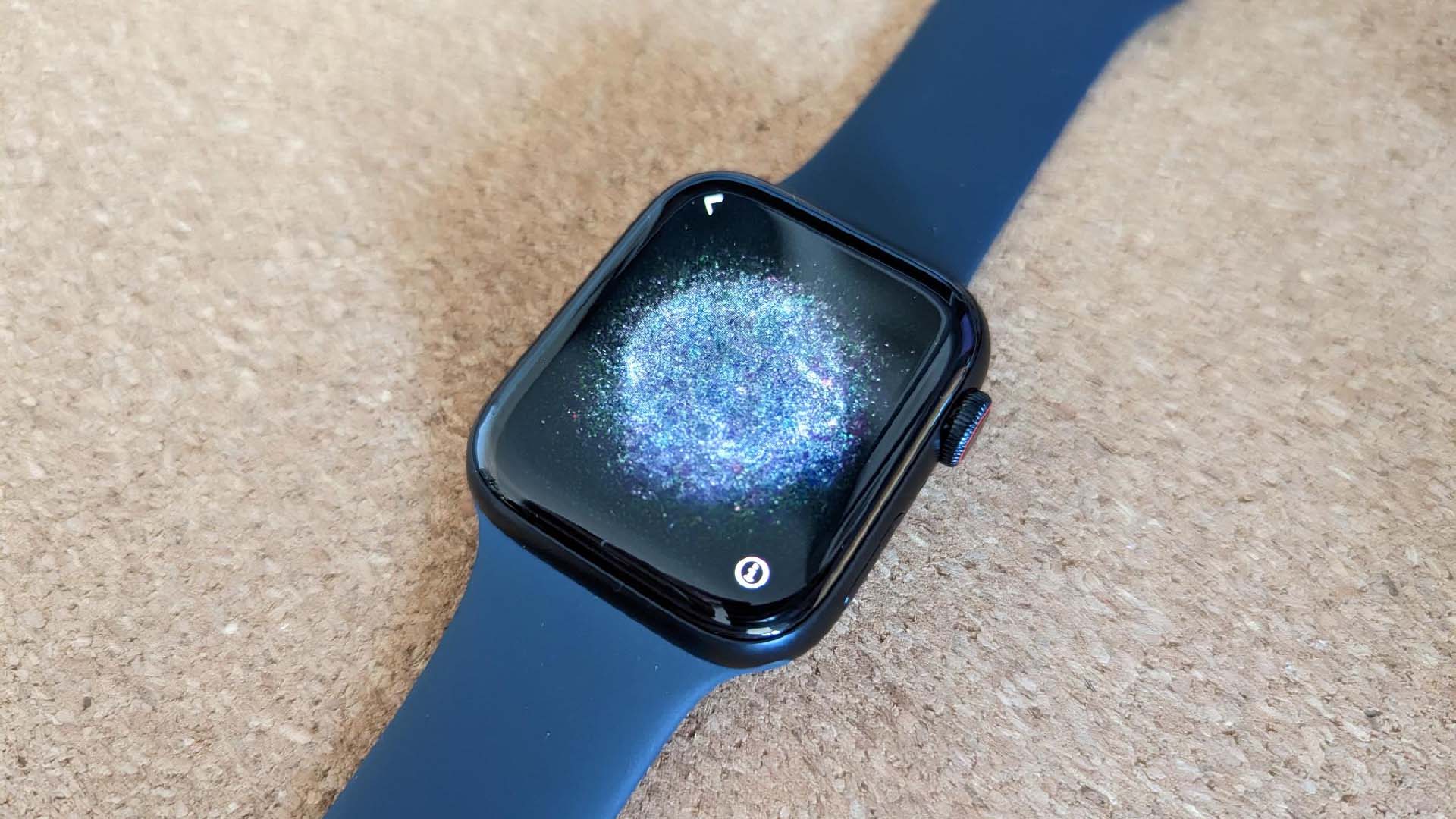
We explain everything you need to know to connect an iPhone to an Apple Watch.

Think you know how to use WhatsApp? We've got some handy tips to help you get the most out of the messaging app.

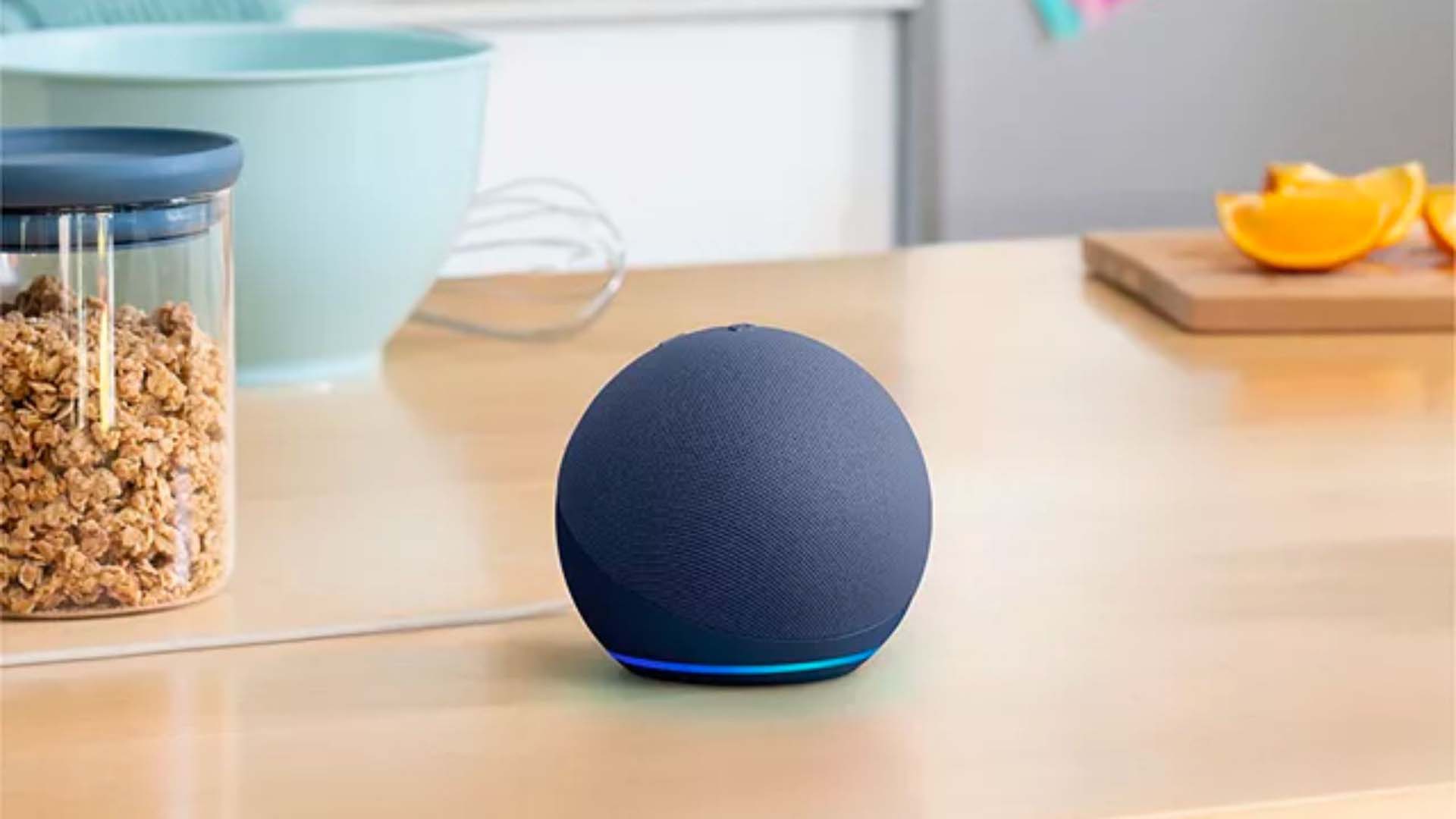
How to change the Alexa command word with this easy-to-follow guide.
